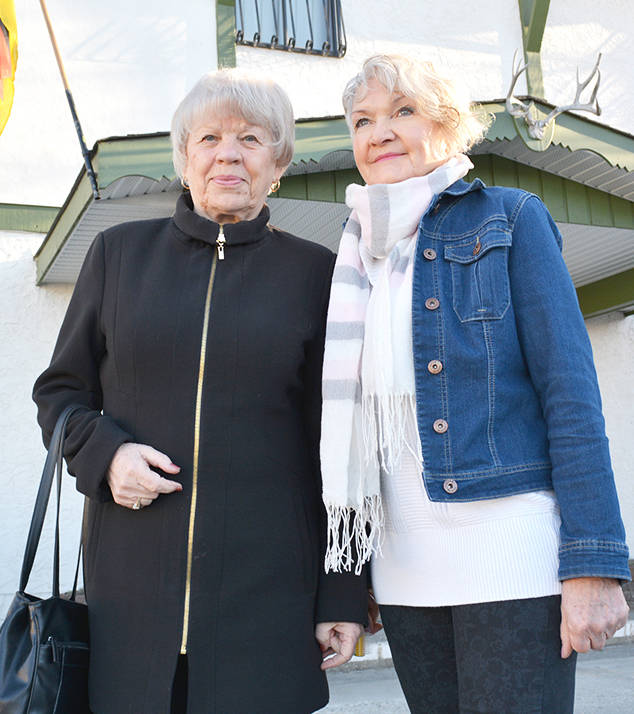German immigrants settled in the Central Okanagan after the Second World War because it reminded them of home.
Treasurer Inge Hoffmann and president Christa Gendemann of the German Canadian Harmonie Club spoke with The Capital News about the history and culture of the German people in �������� as part of Carli’s Cultural Connections.
Q: Why did German immigrants come to the Okanagan?
A: Hoffmann: It reminded them of Germany because of the fruit trees and the valley and the lake and the mountains. The prairies were too flat for most of them, so if they did come to the prairies, eventually they ended up here.
Q: When did they come here?
A: Hoffmann: In the early ’50s, ’60s and ‘70s were when the immigrants were mostly coming over.
Q: Was it a tough life?
A: Hoffman: In those days you were on your own. You had to fend for yourself and there was no medical insurance until you were here for a year. A lot of them ended up on the prairies as a farmer and they usually didn’t get into a trade right away.
A: Gendemann: There’s always the dream when you immigrate. You know you could buy land and build a house. When you come from a big city in Germany that is nearly impossible.
In the early ’50s after the war, people tried to find a better life, that’s why people came by the thousands.
Q: Why did your club form?
A: Gendemann: It started out in the basement of someone’s house when they came together, they were able, work-wise, because there were lots of tradespeople who knew about building. They started out small and it was all kind of homemade.
Q: How did the club get its name?
A: Hoffmann: The early guys that got together, they wanted something that reminds them of Germany but also they wanted something for the new country.
Q: How many Germans are in ��������?
A: Hoffmann: Last I heard there was about 30,000 Germans in the Okanagan Valley. Right now in the club we have between 250 to 260 per year. It fluctuates a little bit.
Q: What events are put on by the club to keep the heritage alive?
A: Gendemann: Christmas is a very big thing, we do it with the children and classes coming and presents and special songs. Our Oktoberfest is always fully booked. Once a month we hold a cozy evening where people come together and it’s very casual. We serve German food and it’s mostly for the members, but guests are welcome too. It’s amazing how when people come for the first time, how they feel right away like ‘oh yes, I can relax.’ On Sundays, with the coffee and cake we get a lot of good reviews about it.
A: Hoffman: We try to keep them traditional. A lot of our bakers are getting older and it’s going to be harder and harder to find people to make the cakes.
Q: What goes into making a traditional German cake?
A: Hoffman: The Frankfurter Kranz is very popular and it’s named after the Frankfurt city in Germany where it originated. It’s a wreath ring that’s later covered in roasted almond. The black forest cake, everybody knows that, it comes from the Black Forest area. Then at Christmas, we have the real Christmas stollen, which is like a turnover role.
Q: Can you recommend a place you can go to get traditional German food?
A: Hoffman: The best one is the Gasthaus On The Lake in Peachland, the German schnitzel is thin as paper and crisp and good.
Q: Why is it important to preserve your heritage and traditions?
A: Gendemann: When you look back, it’s something wonderful you want to pass on, even your clothing and what we do on Sundays and special occasions. We are pretty lucky, we still have new members signing up so hopefully, this will go on for quite a few years.
The German Canadian Harmonie Club celebrated its 50th anniversary in 2014.
Every two weeks, Carli’s Cultural Connections publishes a video segment on culture and history in the Central Okanagan at kelownacapnews.com. Email carli.berry@kelownacapnews.com



